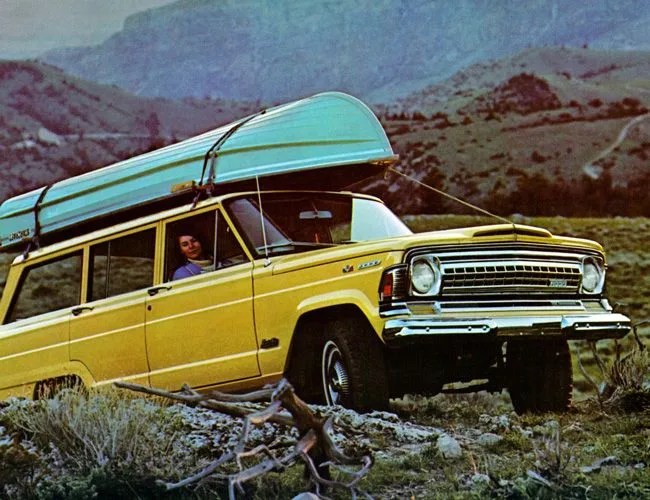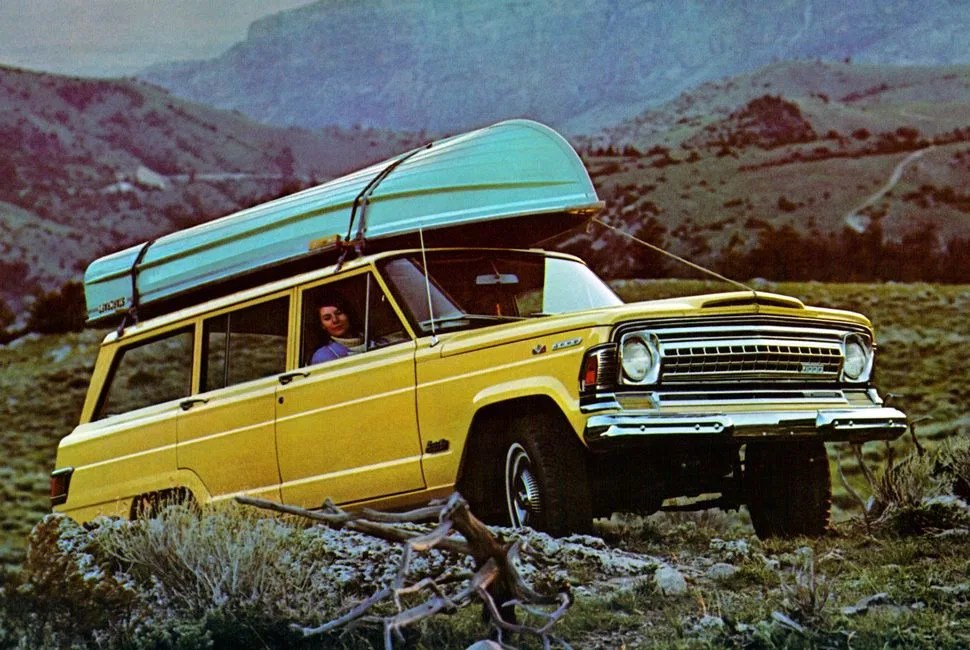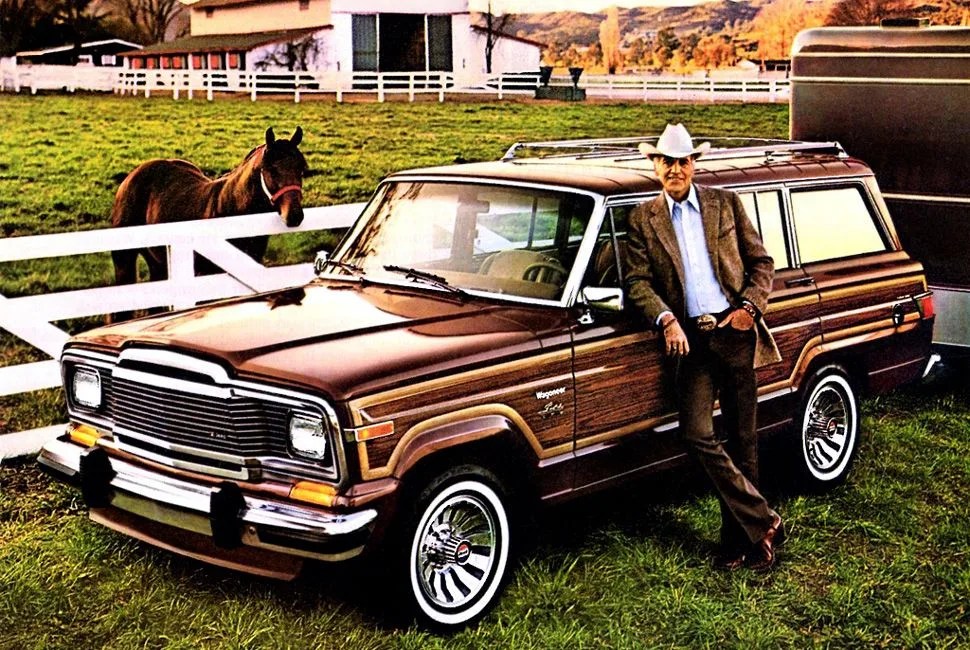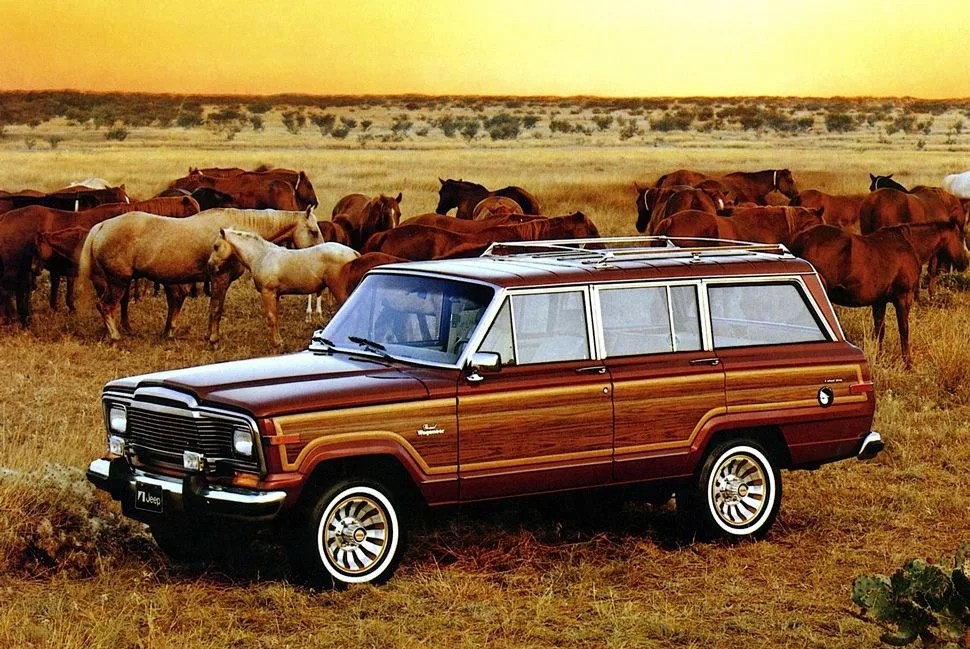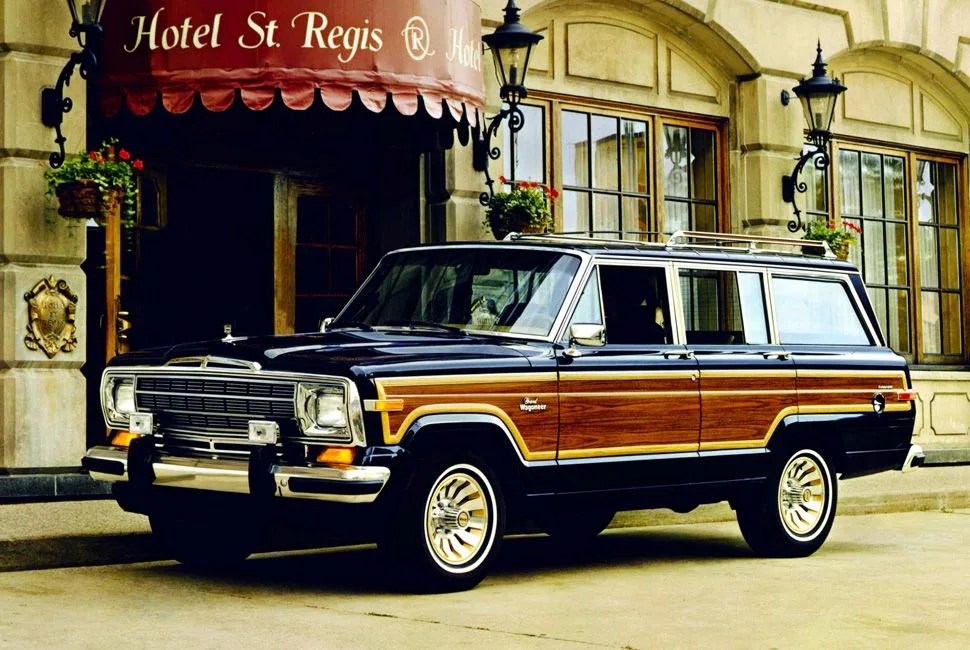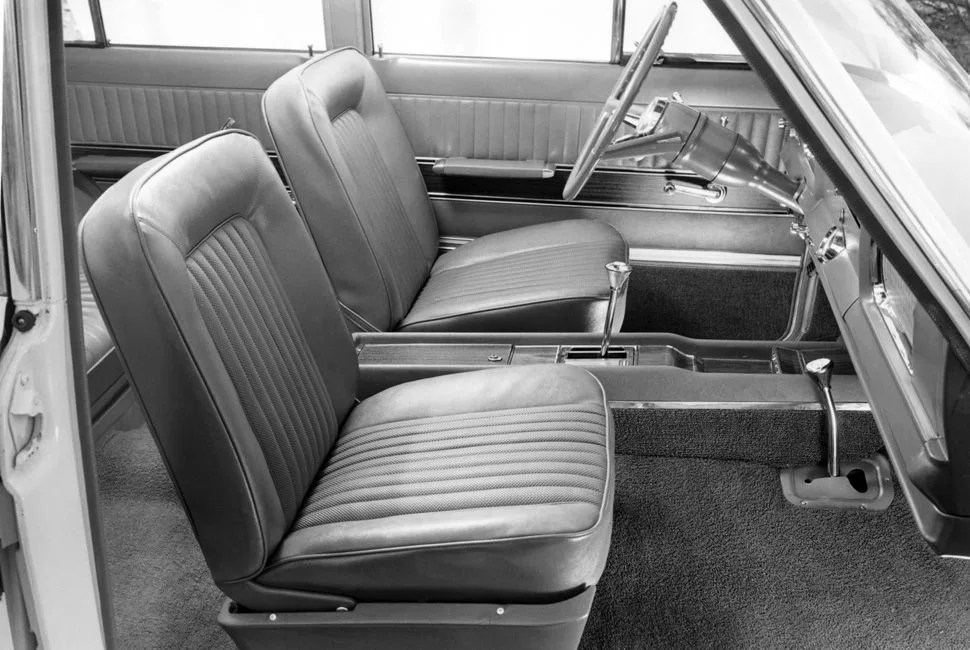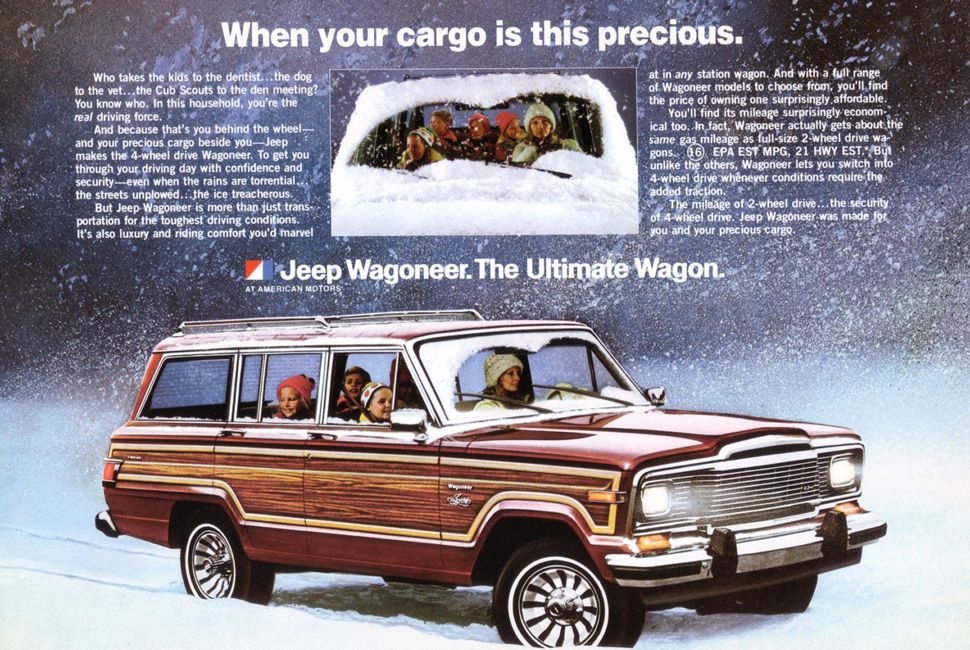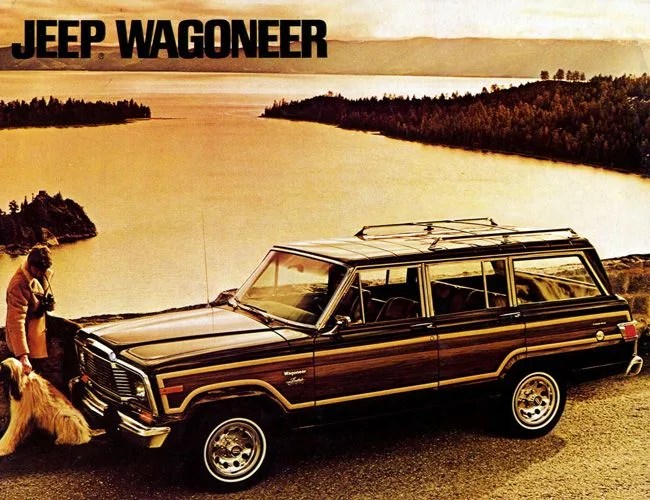6 photos
Look around a parking lot essentially anywhere in American suburbia and you’ll likely see an array of Sport Utility Vehicles. When you consider the two concepts on their own, the idea of combining utilitarianism and luxury seems incredibly counter intuitive. But there they stand parked, big grilles smiling right at you: proving you can’t build a successful SUV anymore without incorporating comforts like leather and DVD players alongside trail-dominating suspension and chunky all-terrain tires. If any car proved this formula was a successful one, it was the car that did it first: the Jeep Wagoneer.
Rugged off-road vehicles weren’t uncommon back in the ’60s — you had 4x4s like the International Harvester Travelall, Chevrolet Suburban and the Dodge Power Wagon — but most considered those road-going tractors rather than passenger cars. Instead you would mostly see the suburbanites and city slickers drive around in coupes, sedans and wagons. Driving your family around in a dedicated utility vehicle was not only impractical, it was just plain ridiculous.
1962 Specs
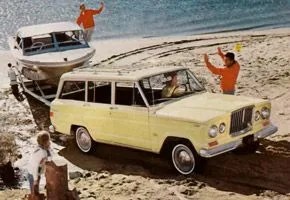
Engine: 3.8L Toronado Inline-Six
Transmission: 3-Speed Borg-Warner Manual or Automatic
Horsepower: 140 hp
Torque: 210 lb-ft
Weight: 4,514 pounds
But while four-wheel-drive vehicles seemed destined to be nothing more than workhorses and niche vehicles, there was potential to be found in using four-wheel-drive to turn an everyday passenger car into a jack of all trades. Willys-Overland (soon to be Kaiser Jeep) hired famed industrial designer Brooks Stevens to draft up a new four-wheel-drive wagon that would need to blow away the competition in the utility wagon segment. Stevens didn’t disappoint with what was dubbed the Wagoneer, which was first sold in 1962.
